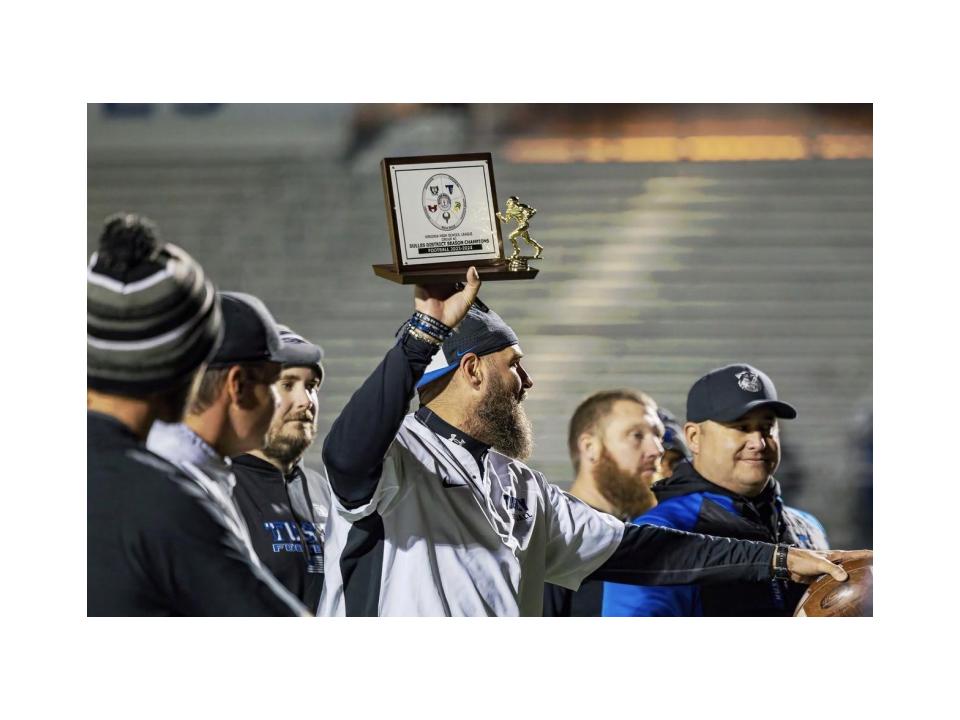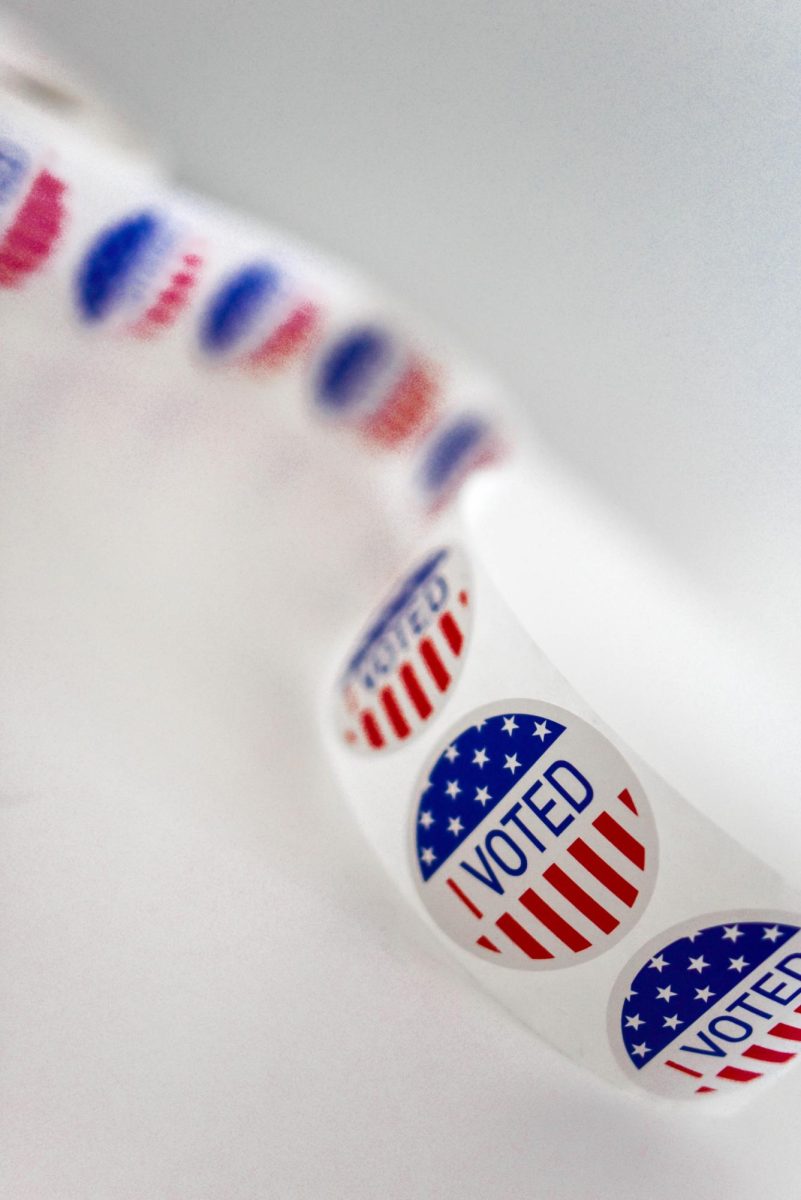By: Meilan Solly
World War II had just ended. America was entering the age of the Baby Boomers; the country was trying to create a safe community where people could start families and achieve the American Dream. Senator Joseph McCarthy was on the warpath searching ardently for Communist spies. Rock and roll had been created, and the new goal for intellectuals was to control fate and bring down the man. Brown v. Board of Education overturned the separate but equal rule and integration in schools began. The 1950s had arrived.
A typical 1950s teenager probably would describe their young adult years a bit like this: “What I remember most about the 50s were rules. Rules, rules, rules… for everything. Rules about clothes — which clothes you could wear when. Rules about church. Rules about streets. Rules about play.” Teenagers growing up in the 1950s felt attacked by authority. Most teens wanted to listen to Elvis or songs like “Mack the Knife,” but adults thought the new teen music was horrific. There was a fairly large cultural division between parents and their children, and rock and roll was teenagers’ escape. This feeling of disunity is common throughout history; today teenagers are absorbed in technology their parents fail to understand, a phenomenon comparable to the parents of yester-years’ perpetual confusion.
Besides listening to music, teens watched TV shows like I Love Lucy, American Bandstand, and Lassie. They might have babysat children whose favorite toys were the new Barbie and Ken dolls, hula hoops, and Silly Putty. The newest fashions were poodle skirts, blue suede loafers, and blue jeans. Teen idols included Frankie Avalon, Perry Como, and Ricky Nelson.
African Americans had just been integrated into public schools, and many reformists were rallying for changes to the education system. America was trying to encourage family bonding, so national parks and Disneyland were opened. People moved to the suburbs instead of living in cities or the countryside. TV was becoming common, so sports grew more popular. Sports watched included college football, golf, and the Olympics, which were particularly intense because of animosity caused by the Cold War.
Teenagers during this time period had grown up surrounded by war. First there was World War II, then the Korean War, and finally the seemingly endless Cold War. Those who were children in the 90s and are teenagers now also grew up during a period of war. Both sets of teenagers were, consequently, faced with a country trying to heal itself through unity.
Overall, the 1950s was a period of growth, teen idols, and non-conformity. Elvis succinctly described teenagers in particular when he said, “Rock and roll music: If you like it, if you feel it, you can’t help but move to it.”





